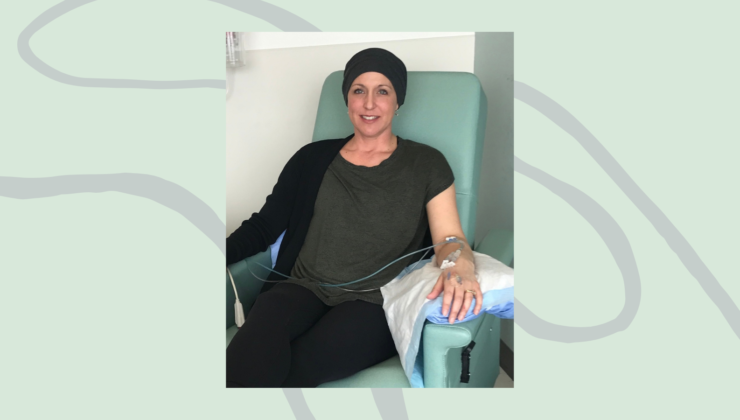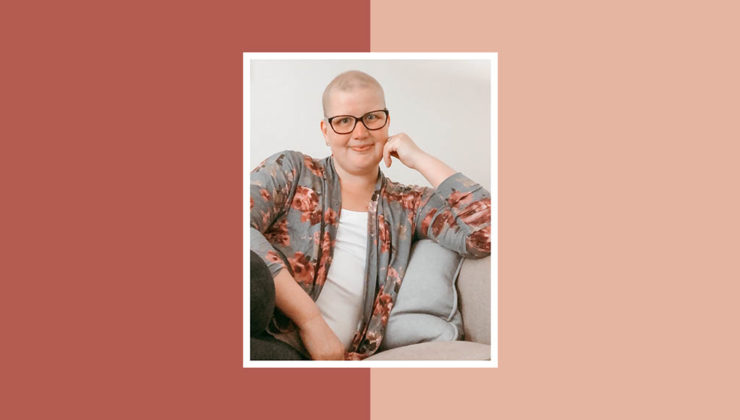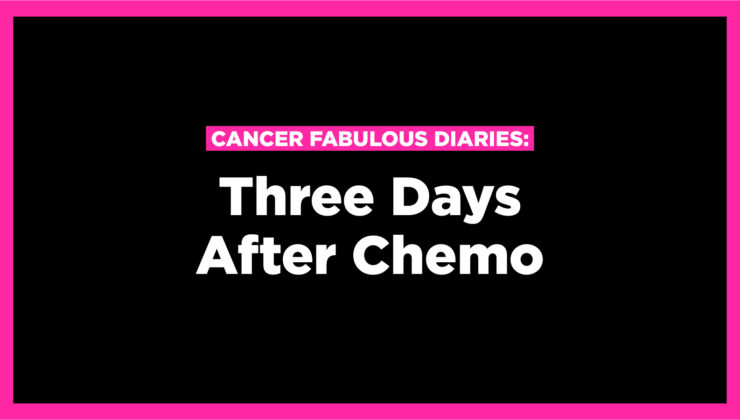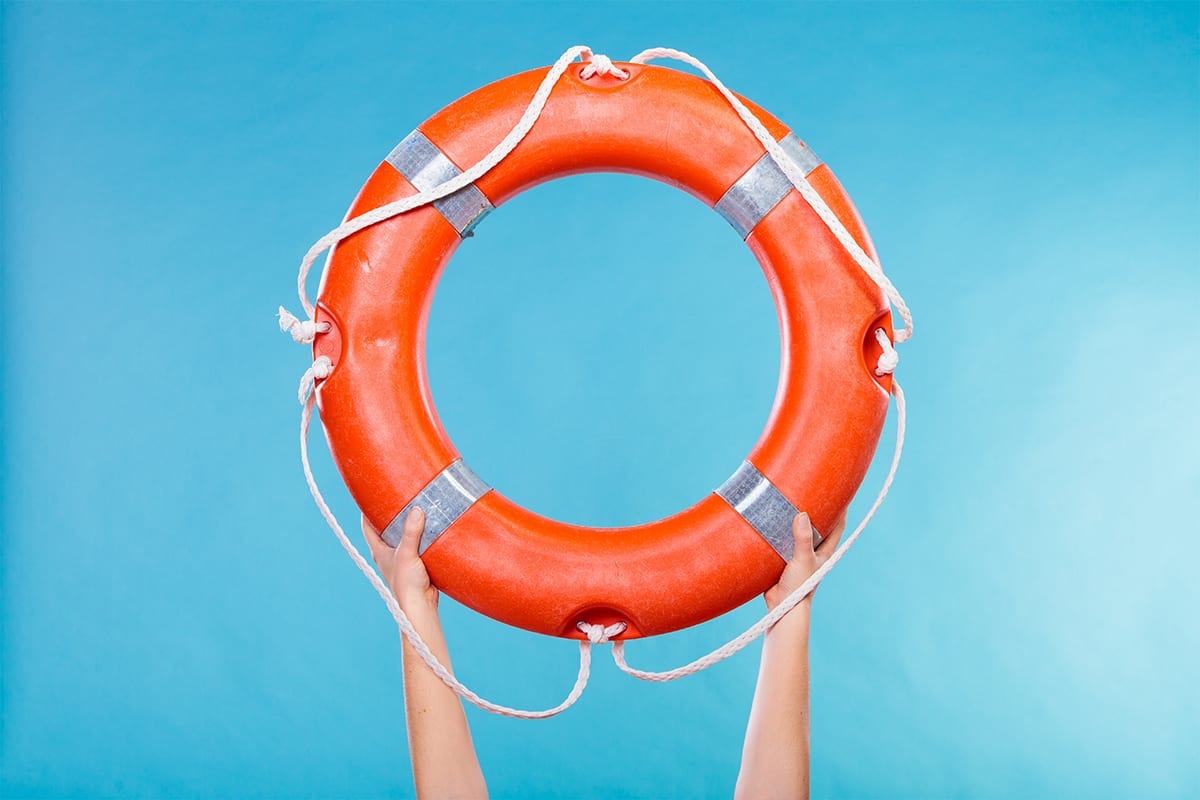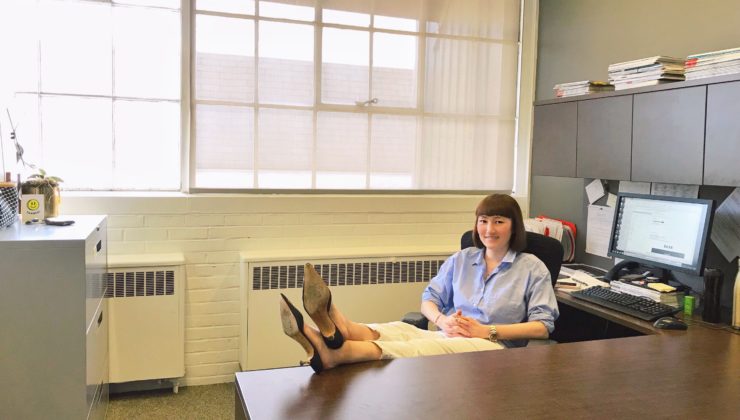5 Biggest Myths About Medical Cannabis
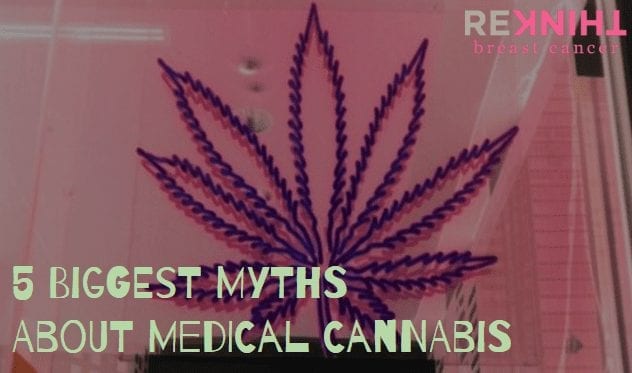
The realm of medical cannabis can be confusing. In this post, we hope to clear up a few of the common myths and misconceptions about medical cannabis and cancer care. At the end, hopefully you’ll be a little more informed and a little less hesitant to ask your doctor how medical cannabis could help you or a loved one through their cancer journey.
#1. Like smoking cigarettes, medical cannabis causes cancer.
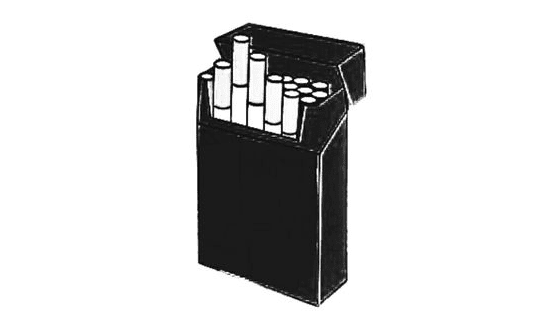
A correlation between medical cannabis and lung cancer has yet to be proven. There is a lot of controversy around the topic because scientific research has made a case for both sides of the argument (it causes lung cancer and it doesn’t cause lung cancer). A lot of health sites and magazines suggest practicing caution when smoking medical cannabis because of the uncertainty. However, a lot of people forget that it can be consumed in many forms (smoking is just one of them!).
While smoking medical cannabis provides fastest relief for symptoms, there are alternative ways to use it: vaping, edibles, sprays, patches, etc. All of which can still provide relief for those who are concerned or skeptical about the health effects of smoking. Check out this list for more details on the alternative ways to consume medical cannabis.
#2. Medical cannabis leads to the use of harder drugs.
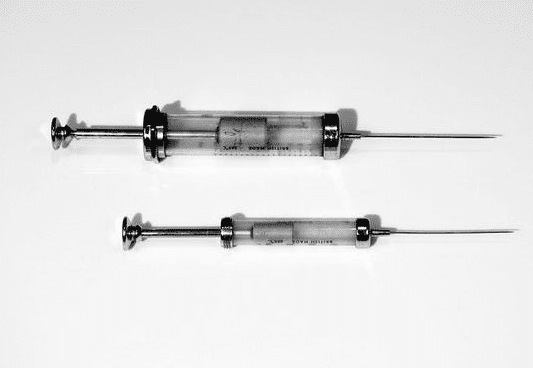
Similar to the lack of correlation between medical cannabis use and lung cancer, cannabis use has not been proven to be a gateway drug. An article by The Guardian showed that one’s likelihood to try harder drugs after using cannabis most likely “comes down to availability of and attitudes towards drugs rather than an actual causal pathway.” In other words, factors such as a person’s predisposition to drugs or having an experimental attitude are most likely the reason they would move from cannabis to harder drugs.
Ultimately, while some research shows that people who use harder drugs (like cocaine or heroin) first used cannabis, The Guardian’s article argues that this is most likely do to the “societal ordering” of drugs. Meaning, these people were inevitably going to experiment with harder drugs. Cannabis is often the most accessible drug for people to start with.
#3. Medical cannabis laws are related to increased usage among adolescents.
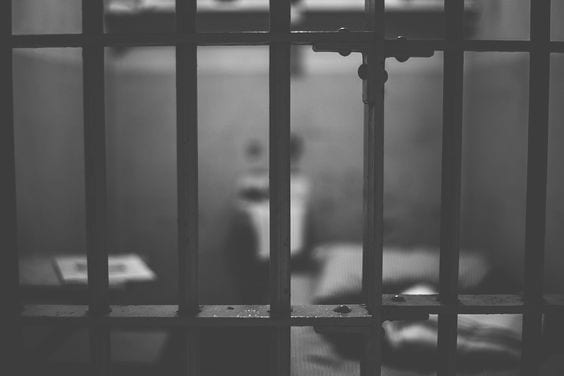
As hinted to above, there is a difference between the medical use of cannabis and the recreational use. As of right now, the recreational use of cannabis is illegal (but Justin Trudeau might change that). Medical cannabis is legal for certain people and has major restrictions attached to it (we’ll talk about that more in the next myth). So, just because medical cannabis is legal, doesn’t mean we’ll necessarily see an influx of cannabis on the streets.
A 2014 study by Rhode Island Hospital and Brown University in the United States was conducted over a 20-year period to determine high school students’ interactions with cannabis in a variety of states before and after medical cannabis was legalized. The study compared these students with students in a variety of other states who had not legalized medical cannabis over the 20-year time period. The result: they found no correlation between students’ cannabis consumption and medical cannabis laws.
#4. Once eligible, you can get medical cannabis whenever/wherever you want.

Just because someone is eligible to use medical cannabis doesn’t mean there are no rules on how it can be used and produced. Here’s a crash course on some of the major rules in Canada. If you want a more in-depth look, check out this article.
Ways to Access Medical Cannabis: A person must receive medical documentation from their health care practitioner to be eligible for medical cannabis use. From there, they can decide whether they will register with one of Canada’s licensed producers or register with Health Canada to produce a limited amount on their own (or have a caregiver produce it for them). This requires an application process that verifies restrictions around where the plant can be grown and stored.
Possession Limit: People who are eligible to use medical cannabis are only allowed to have a 30 day supply/150 grams of dried marijuana (or the equivalent if in another form) at a time.
Law Enforcement: Law enforcement officers can request proof that one’s possession of cannabis is legal at any time. They can also call Health Canada (on a 24-hour basis) and any licensed producer to verify a person’s registration.
Some Things Are Still Illegal: Even though some people are allowed to use cannabis for medical reasons they are still prohibited from using it for recreational use. This would include selling, providing, or giving cannabis to another person or producing/obtaining more than the maximum limits noted in their registration certificate.
#5. Medical cannabis cures cancer.

It’s important we make this clear: there is NO proof that medical cannabis cures cancer. Medical cannabis is used by cancer patients because of its ability to relieve many of cancer treatment’s side effects, such as: nausea, vomiting, and decreased appetite. While this can significantly improve one’s quality of life throughout their cancer diagnosis and treatment, there is no scientific evidence to prove it will actually cure the disease.
To read more about medical cannabis click here.

